Aquaculture Monitoring
Aquaculture Monitoring represents the multifaceted and dynamic nexus of technological innovation, environmental stewardship, and sustainable food production. In this intricate tapestry of aquatic resource management, a myriad of cutting-edge tools converge to meticulously scrutinize and optimize the entire aquaculture lifecycle. At its core, aquaculture monitoring integrates advanced sensor networks, satellite imagery, and real-time data analytics to facilitate a comprehensive understanding of water quality parameters, including temperature, dissolved oxygen, pH, and nutrient levels. This wealth of information enables aquaculturists to preemptively address potential issues, ensuring the health and well-being of aquatic species. Unleashing the power of Internet of Things (IoT) devices, these monitoring systems offer continuous surveillance, allowing for prompt response to anomalies and thereby mitigating the risk of disease outbreaks and environmental degradation. Remote sensing technologies play a pivotal role, providing a macroscopic view of aquaculture operations on a regional or global scale. Automated feeding systems, linked to data-driven algorithms, optimize feed efficiency, reducing waste and promoting responsible resource utilization. Furthermore, acoustic and underwater cameras offer unprecedented insights into fish behavior and growth patterns. The synthesis of all these technologies not only fosters precision aquaculture but also supports regulatory compliance, ensuring adherence to environmental standards. In essence, aquaculture monitoring emerges as a linchpin in the sustainable evolution of aquaculture, safeguarding ecological integrity, promoting economic viability, and meeting the burgeoning global demand for seafood in an era of unprecedented environmental challenges.
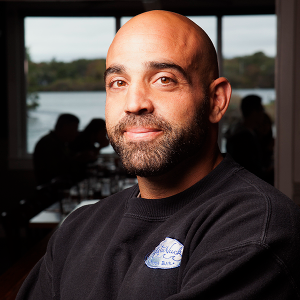
Perry Raso
Matunuck Oyster Farm, United States
J L Giovanna Hesley
Education Emerita, CropKing Inc., United States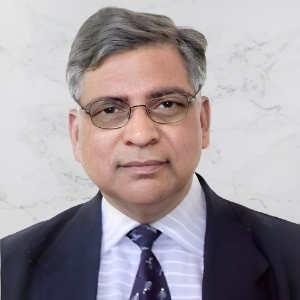
Virendra Kumar Goswami
Indian Institute of Technology, India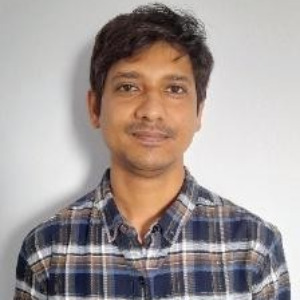
Amit Das
Memorial University of Newfoundland, Canada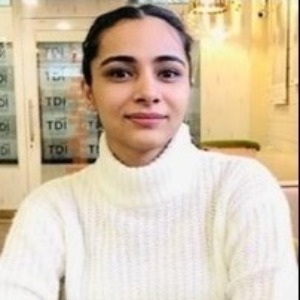
Mandeep Kaur
Panjab University, India
Pavarot Noranarttragoon
Department of Fisheries, Thailand


Title : Application of Artificial Intelligence and NISAR satellite to study the air sea CO2 exchange and aquatic toxicology to develop ‘Aquatic Pollution Remediation Technologies’(PART)
Virendra Kumar Goswami, Indian Institute of Technology, India
Title : Conditionally pathogenic microparasites (Microsporidia and Myxosporea) of mullet fish potential objects of mariculture in the Black and Azov Seas
Violetta M Yurakhno, A. O. Kovalevsky Institute of Biology of the Southern Seas of Russian Academy of Sciences, Russian Federation
Title : New approaches to assessing and managing the multispecies fishery in the Gulf of Thailand
Pavarot Noranarttragoon, Department of Fisheries, Thailand
Title : Integrating art, science and rural development: The multifaced role of aquarium keeping
T V Anna Mercy, Kerala University of Fisheries and Ocean Studies, India
Title : Seaweed aquaculture policy gap analyses in Indonesia, Kenya, and Tanzania
Megan Considine, The Nature Conservancy, Puerto Rico
Title : Utilizing art to enhance learning STEM subjects required for aquaculture
J L Giovanna Hesley, Education Emerita, CropKing Inc., United States